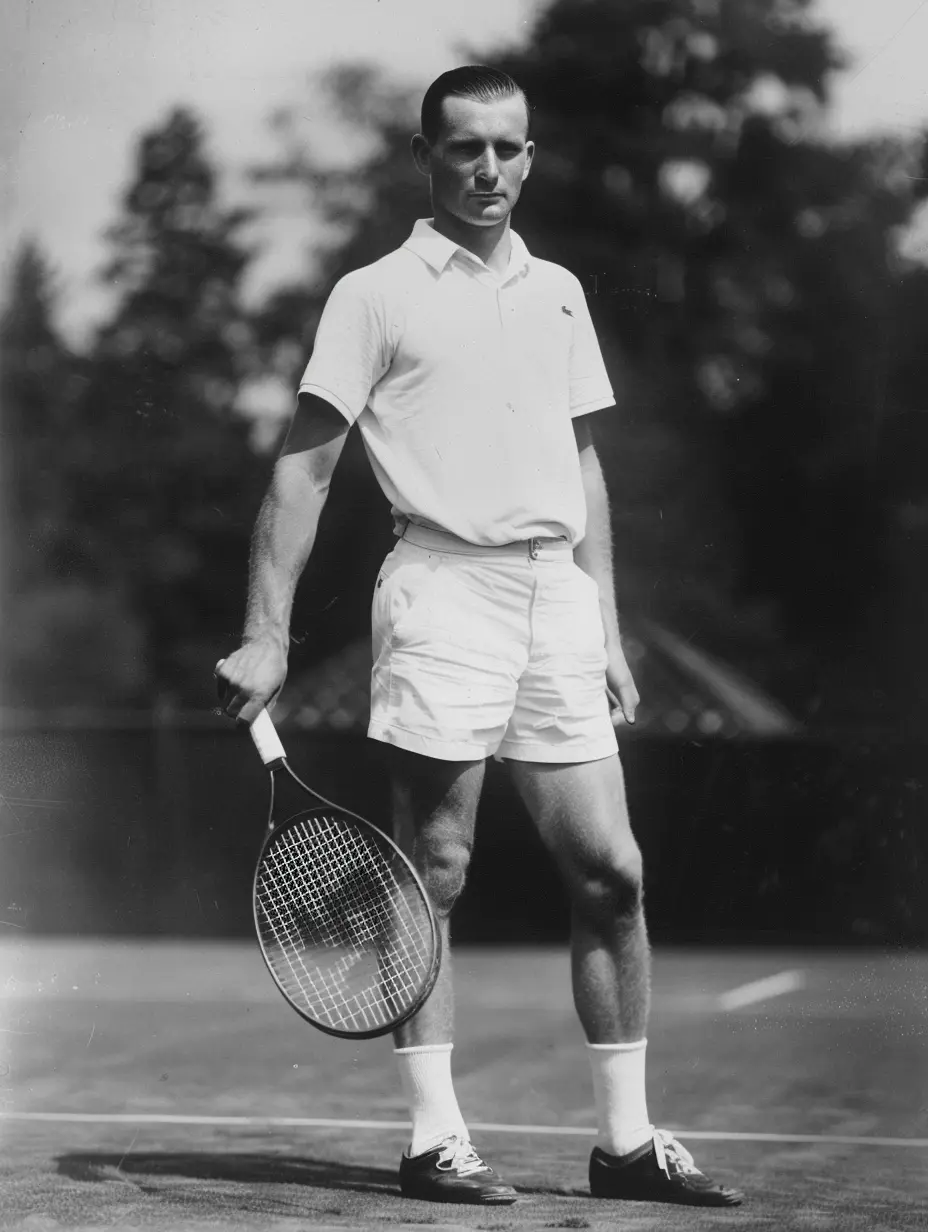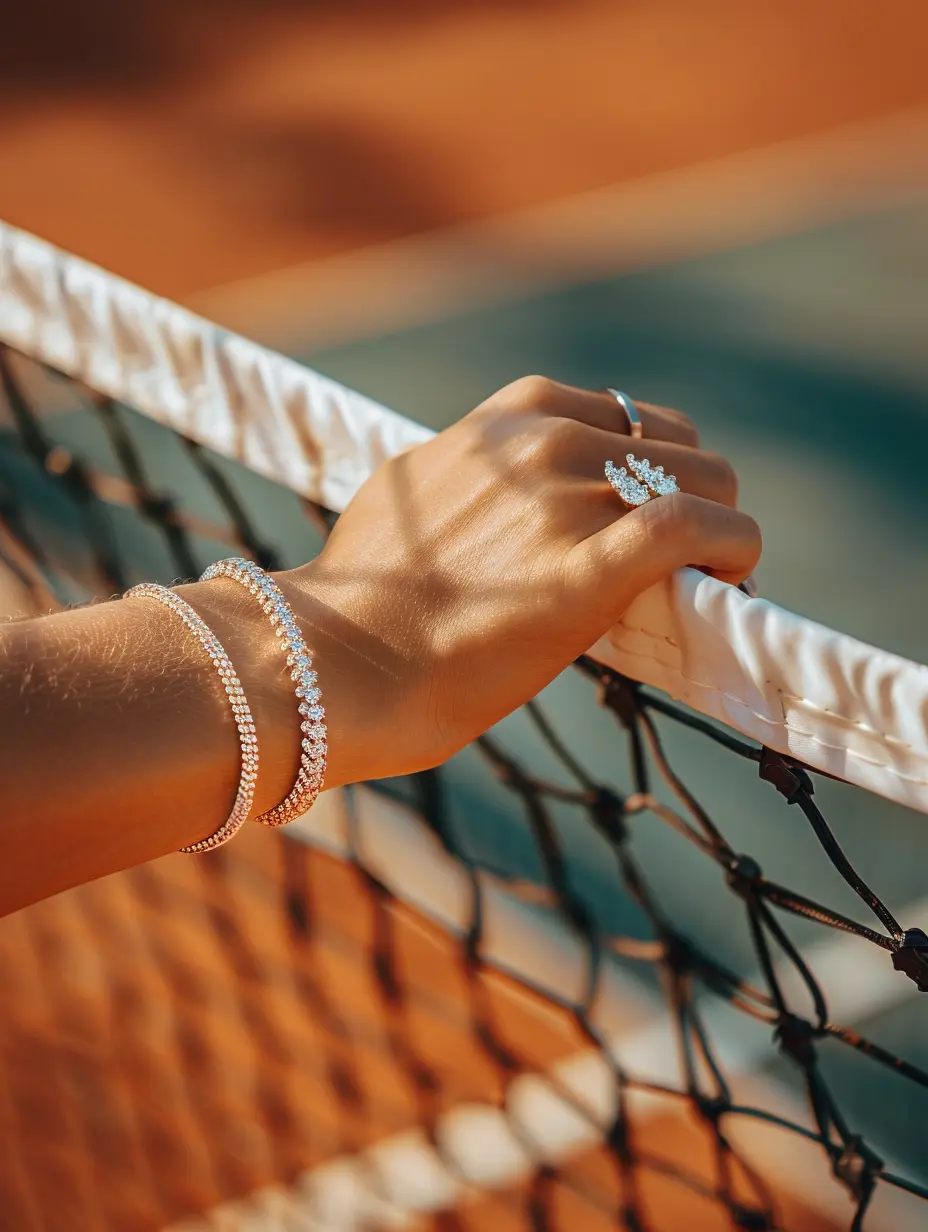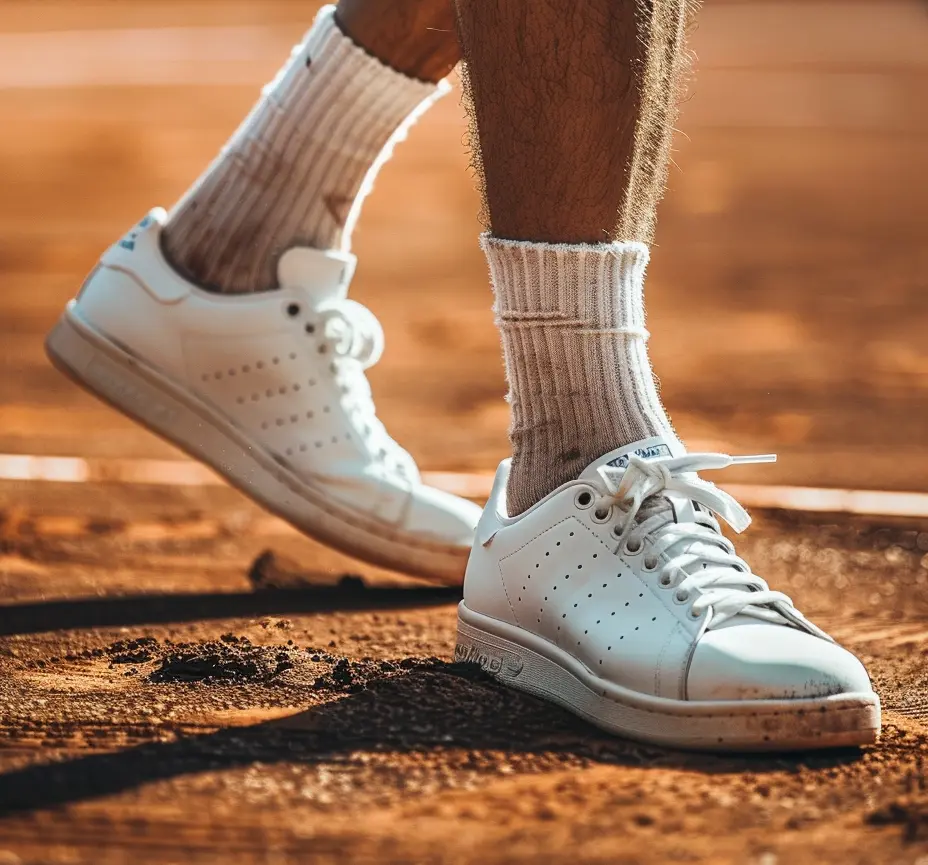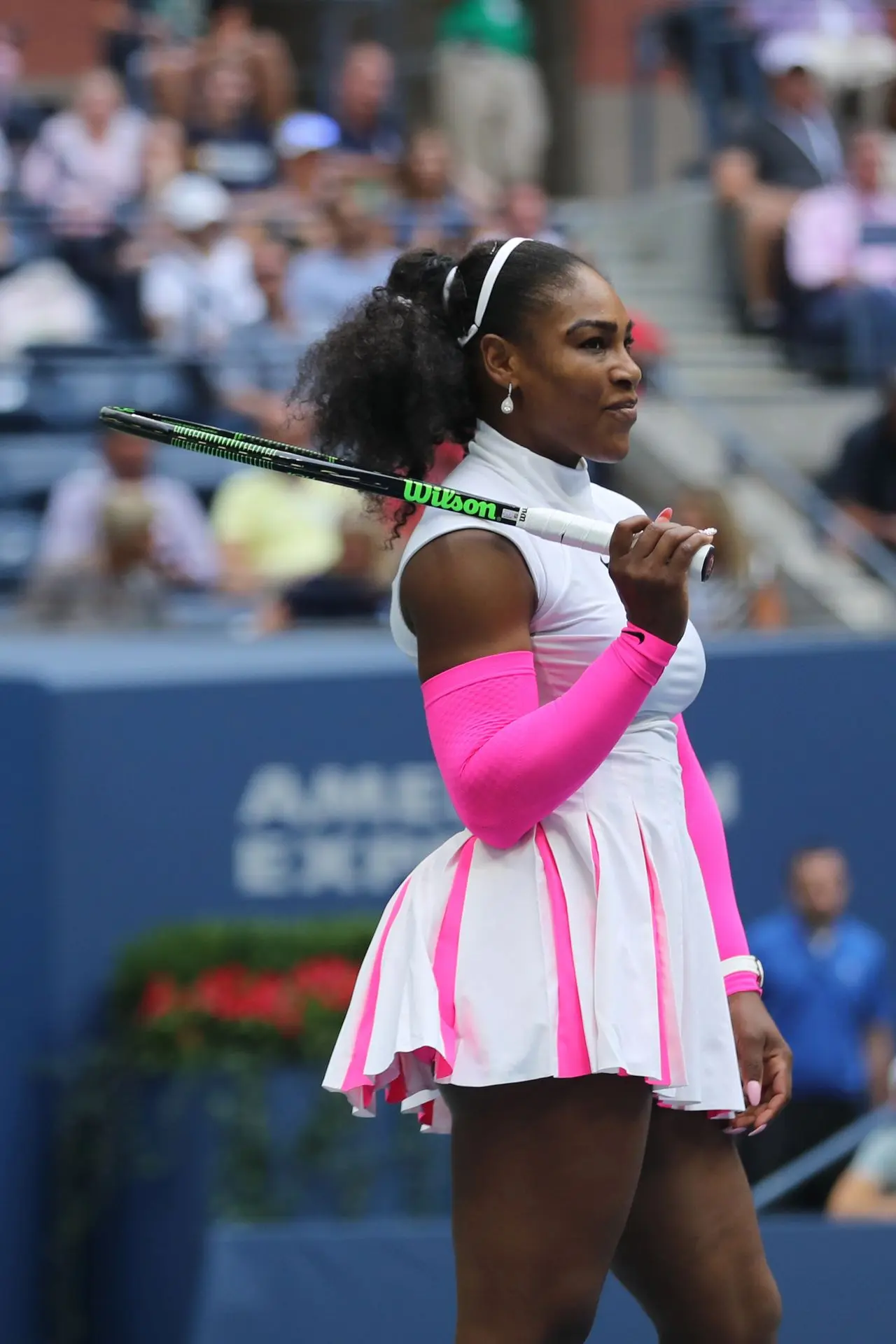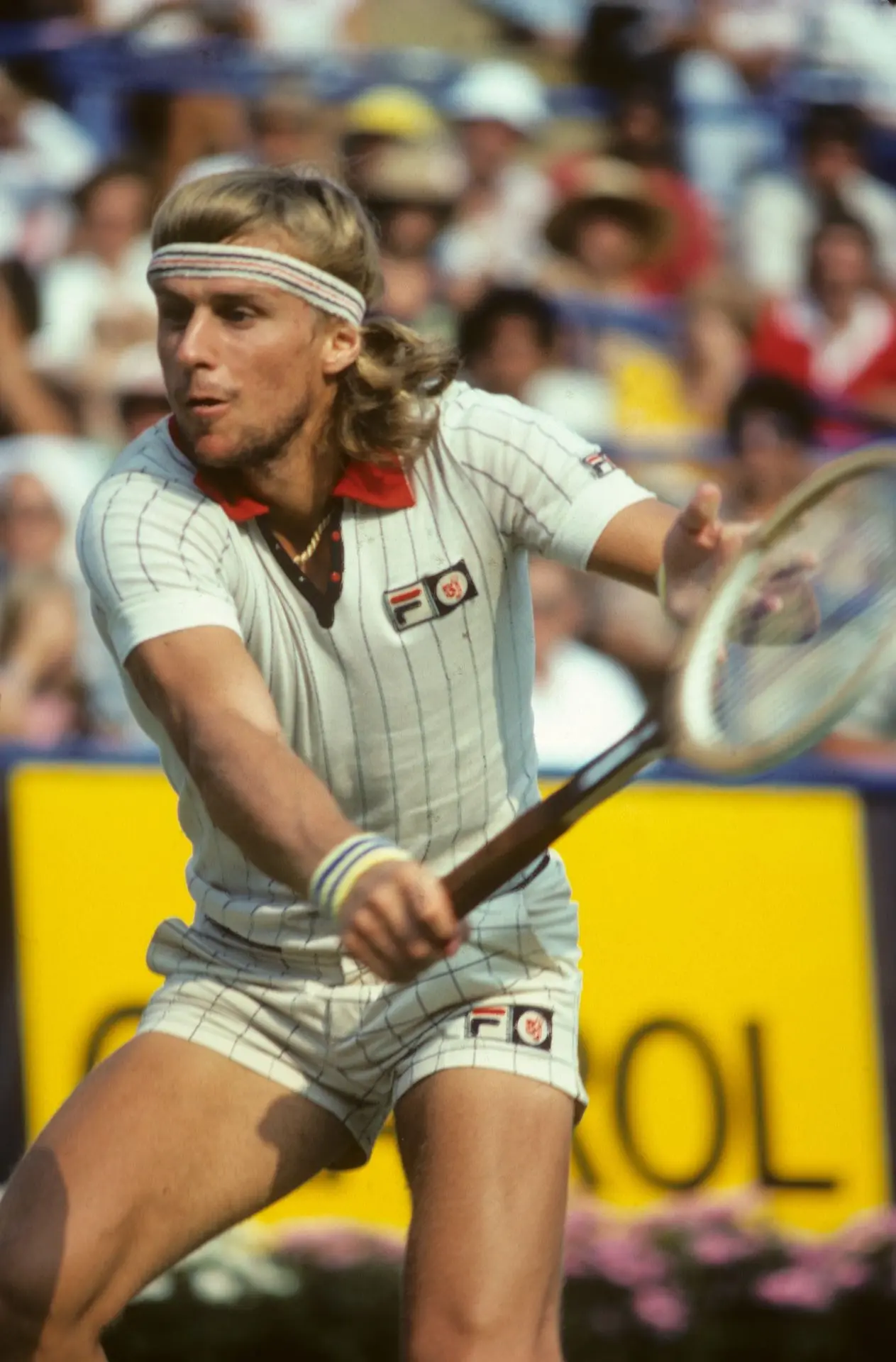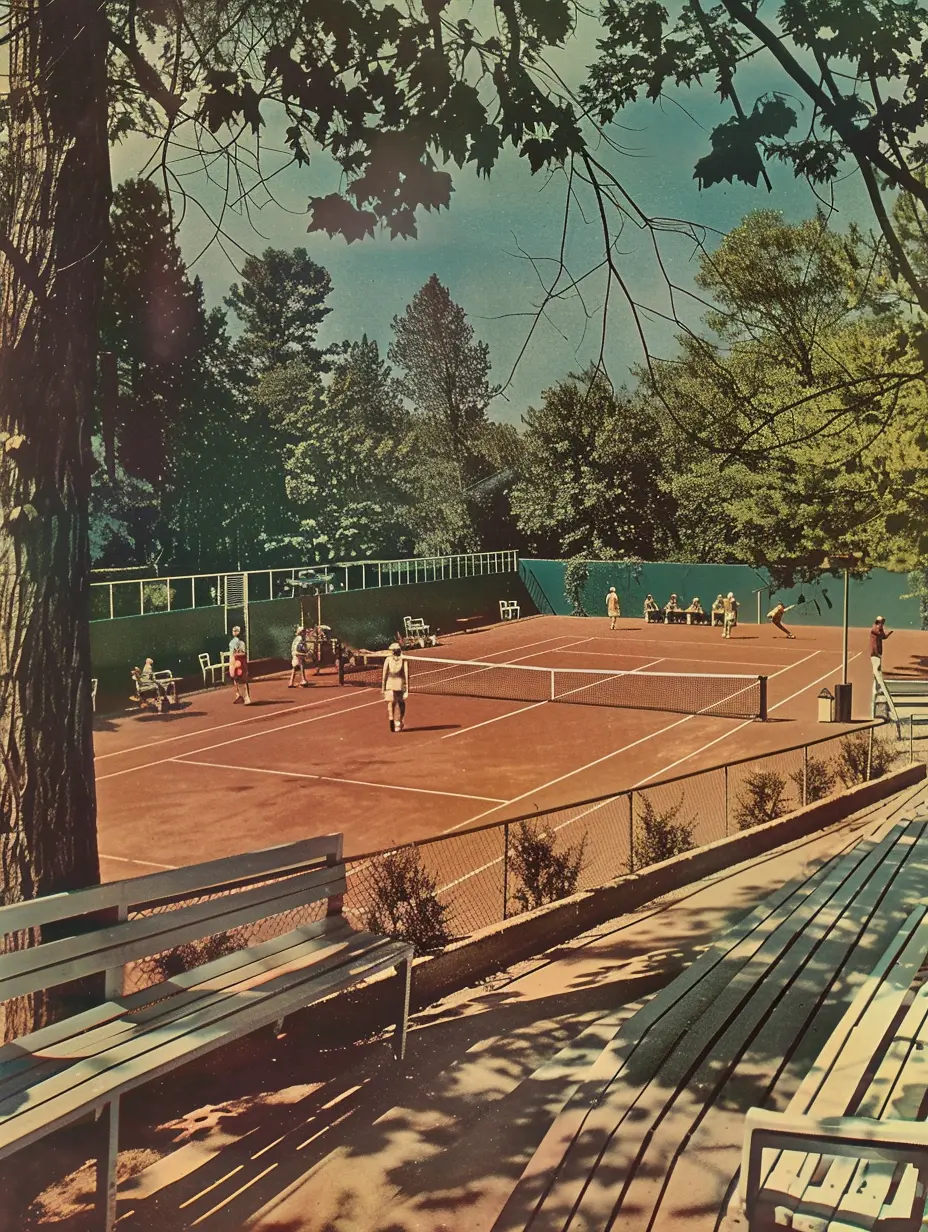Tennis is more than just a sport. It's a cultural force that has shaped how we move, how we dress, and how we express ourselves. Its influence goes far beyond Grand Slam victories or pristine white uniforms. Over the decades, tennis has become a launching pad for innovation—technically and stylistically—ushering new ideas into performance wear, accessories, and everyday fashion.
While other sports have shaped streetwear or luxury through collaborations, tennis stands out for its balance of elegance and power, discipline and creativity. From court to catwalk, the game's cultural legacy has birthed some of the most iconic fashion pieces of the 20th and 21st centuries. Whether it's the understated brilliance of a diamond bracelet or the humble cotton polo, tennis fashion has proven timeless.
In this article, we explore how key items born in tennis have left their mark on global fashion and what that tells us about the enduring style of the sport.
1. The Lacoste Polo: Sporty, Refined, and Timeless
This innovation quickly transcended tennis courts. The polo became a staple of casual refinement, adopted by golfers, sailors, students, and fashion lovers. Worn tucked or untucked, under a blazer or solo, the Lacoste polo has come to represent understated sophistication.
Its legacy is massive: from preppy subcultures in the U.S. to high-end reinterpretations on Parisian catwalks, the tennis polo remains one of the few sport-born garments to achieve global, cross-generational appeal.
Lacoste also invented something else for tennis: can you guess what it is? You’ll find the answer here! Just a little hint: he created it, we perfected it… AMbelievable!
2. The Tennis Bracelet: An Accidental Fashion Icon
The tennis bracelet has one of the most unexpected and charming origin stories in fashion. During a match at the 1987 U.S. Open, tennis legend Chris Evert lost her diamond bracelet mid-game, causing officials to pause the match while she looked for it. When later asked about the incident, she referred to it offhandedly as her "tennis bracelet"—and the name stuck.
Before this iconic moment, the bracelet was known simply as an "eternity bracelet" or "line bracelet," a term used in fine jewelry to describe a symmetrical line of diamonds or gemstones set in precious metal. These bracelets had been popular among the elite since the 1920s, favored for their elegance and timeless appeal, but they had never been associated with sports—let alone tennis.
More than three decades later, the tennis bracelet is a staple in fine jewelry. Its appeal lies in versatility: equally at home with a little black dress or a training outfit. Celebrities, athletes, and stylists continue to embrace its clean aesthetic. Many modern designs offer sporty variations with flexible or rubberized bands, extending its reach from gala events to the gym.
It also bridges generations—a piece that can be passed from parent to child, from vintage heirloom to modern accessory. Some brands have even begun integrating smart tech into tennis bracelet-style wearables, merging elegance with innovation.
This cross-contextual use makes it a unique piece in the fashion world: born on the court, but perfectly adapted to daily wear, much like the game itself.
3. Sneakers: From Court Essential to Cultural Phenomenon
The link between tennis and sneaker culture runs deep. What began as a need for functionality—shoes with grip, flexibility, and support for fast lateral movement—evolved into a movement that reshaped fashion from the ground up.
Smith was chosen not only for his performance but also for his clean-cut, all-American image, which aligned perfectly with the minimalist design of the shoe. In 1978, the shoe was officially renamed the "Stan Smith," complete with a stylized portrait of the player on the tongue.
Off the court, the Stan Smith became a symbol of effortless cool. Adopted by designers, artists, and style influencers, it earned a place not only in closets but also in museums of modern design. The shoe has been reimagined in luxury collaborations, vegan materials, and limited editions. Read more about its history here.
And it’s not alone. Sneakers like the Reebok Club C or Nike Court Vintage also originated in tennis but have since carved out a space in fashion and pop culture. As sneaker collecting and streetwear exploded, the humble tennis shoe became a premium item—a functional foundation turned into a fashion obsession.
In recent years, tennis sneakers have made a comeback as fashion's love affair with retro silhouettes and minimalist design continues to grow. From luxury runway adaptations to mainstream capsule collections, these shoes carry the legacy of the court while walking confidently through the worlds of fashion and lifestyle.
4. Serena Williams: Redefining Power Dressing in Sports
At the 2018 U.S. Open, Serena collaborated with Virgil Abloh and Off-White x Nike to wear a one-shoulder tutu dress, blending performance wear with couture sensibility. That outfit was seen as a symbol of grace and rebellion, celebrating femininity without compromising power.
In 2019, she wore a custom-designed outfit at the Australian Open with color blocks representing the various cities that influenced her career, another example of storytelling through fashion.
Each outfit she wears tells a story—of resilience, femininity, confidence, and rebellion. Her lookbook is not just a personal archive, but a political statement. She has called attention to double standards in women's sportswear and reshaped the expectations of how strong female athletes can and should present themselves.
Beyond her on-court style, Serena has launched her own fashion line, "S by Serena," and frequently partners with major brands to craft looks that blend performance with personality. Her presence at events like the Met Gala or fashion weeks further underscores her crossover impact.
Serena Williams doesn’t just play tennis. She embodies its evolving narrative—a narrative that celebrates diversity, boldness, and the power of self-expression. Her fashion legacy is as lasting as her athletic one, and she continues to inspire new generations of athletes to own their voice, on and off the court.
Curious to see all of Serena Williams’ best tennis outfits? Don't miss this article!
5. Sweatbands, Headbands, and Other Accessories
Not all tennis-to-fashion transitions are high-glamour. Some are rooted in function, yet have found their way into streetwear, music culture, and casual fashion. Sweatbands and headbands, for example, started as practical items to absorb moisture during intense matches.
In the world of hip-hop, artists such as LL Cool J and Run-DMC made headbands part of their signature look during the 1980s, blending athletic inspiration with street style. These accessories symbolized energy, motion, and rebellion. The crossover was natural, as both scenes emphasized performance, rhythm, and visual identity.
Skaters and streetwear fans soon adopted them, repurposing the utility-focused items into stylistic statements. Even today, headbands and wristbands resurface in nostalgic fashion revivals, particularly in Y2K aesthetics—a trend that celebrates the flashy, tech-inspired, and pop-driven fashion of the late 1990s and early 2000s.
Visors, tennis skirts, and even the classic cable-knit tennis cardigan have also had moments in the fashion spotlight. Designers have reinterpreted them through high fashion and minimalist lenses, turning what was once strictly athletic gear into wardrobe essentials with retro flair.
The common thread? Function meets flair. Tennis accessories continue to prove that even the smallest details of performance wear can evolve into pop culture icons.
6. Tenniscore and the Runway
While we’ve seen tennis elements adopted by fashion brands for decades, recent years have given rise to a full-blown aesthetic: tenniscore. Clean lines, pleated skirts, crisp polos, and vintage sneakers have become part of a nostalgic yet elevated trend embraced by youth culture and luxury brands alike.
A notable example was the Miu Miu Spring 2022 runway show, which embraced tennis-inspired silhouettes with a contemporary twist: low-waist skirts, cropped knits, and varsity details combined elegance with edge. This collection received widespread acclaim and sparked further interest in the intersection between sport and style.
Other brands like Sporty & Rich, Tory Burch, and even Gucci have incorporated tennis elements into their seasonal lines, leaning into the aspirational and timeless image the sport represents. Influencers and stylists continue to embrace tenniscore for its blend of retro charm and polished comfort.
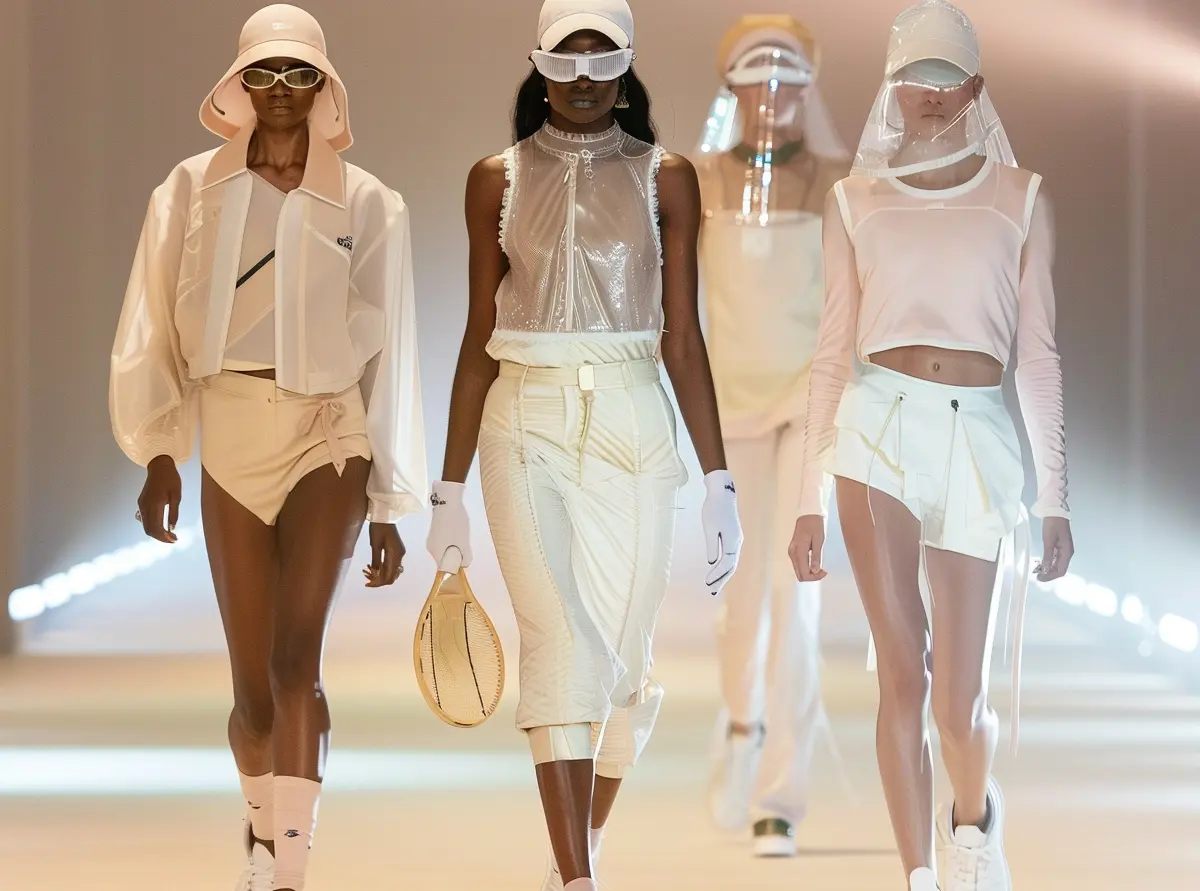
The widespread return of tennis aesthetics in high fashion underscores the sport's enduring visual language. It affirms that tennis culture, through both form and feeling, continues to inspire far beyond the lines of the court.
7. Beyond the Court and Back: The Influence of Tennis in Lifestyle and Design
What makes tennis such fertile ground for crossover appeal? In part, it's the balance between discipline and expression. Tennis players operate within strict performance requirements, but the sport has always allowed room for individuality—through gear, color, movement, and attitude. That’s why so many items originally created for performance—like polos, sneakers, or sweatbands—have found new life as symbols of personal identity far beyond the court.
This blend of precision and personality lives on in today’s tennis-inspired lifestyle and design. Tennis clubs have long embodied elegance and exclusivity, with their minimalist spaces, manicured courts, and crisp white dress codes influencing everything from luxury resorts to editorial photo shoots. Designers and photographers continue to borrow the sport’s visual language—green courts, wooden racquets, and vintage netting—to evoke a timeless, aspirational mood.
The sport’s etiquette also plays a role. Its sense of decorum and respect shapes how tennis is perceived: graceful but competitive, traditional yet forward-looking. This duality informs how modern luxury and performance brands craft their narratives, aiming to blend refinement with innovation.
Now, this mindset is being applied even to the most technical of accessories. Performance gear is no longer just about function—it's also about expression. From fabrics to form factors, players expect customization and aesthetic cohesion in every piece of equipment they choose.
That’s where innovation-focused brands like AMbelievable™ come in. With 3D-printed dampeners that combine engineering precision with bold design, AMbelievable isn’t just enhancing vibration management—it’s helping players say something about who they are
Choosing an AMbelievable dampener reflects a mindset: that you care about performance, you embrace progress, and you believe that even the smallest detail deserves thoughtful attention.
In short, tennis isn’t just about playing well. It’s about living and presenting an identity rooted in control, creativity, and confidence—on the court, and beyond.
8. Conclusion: Tennis, Reimagined
From classic polos to couture-level sneakers, from elegant bracelets to statement sweatbands, tennis continues to serve as a style incubator. What started as functionality has evolved into fashion; what began as necessity now signals identity.
Today, even the most technical accessories carry visual and emotional significance. Whether it's a 3D-printed dampener or a retro headband, tennis continues to blend innovation with expression. The sport's aesthetic impact has expanded, crossing over into art, fashion, and personal identity.
The line between athletic and aesthetic is thinner than ever. Whether you're on the baseline or the boulevard, tennis style is always in play.
